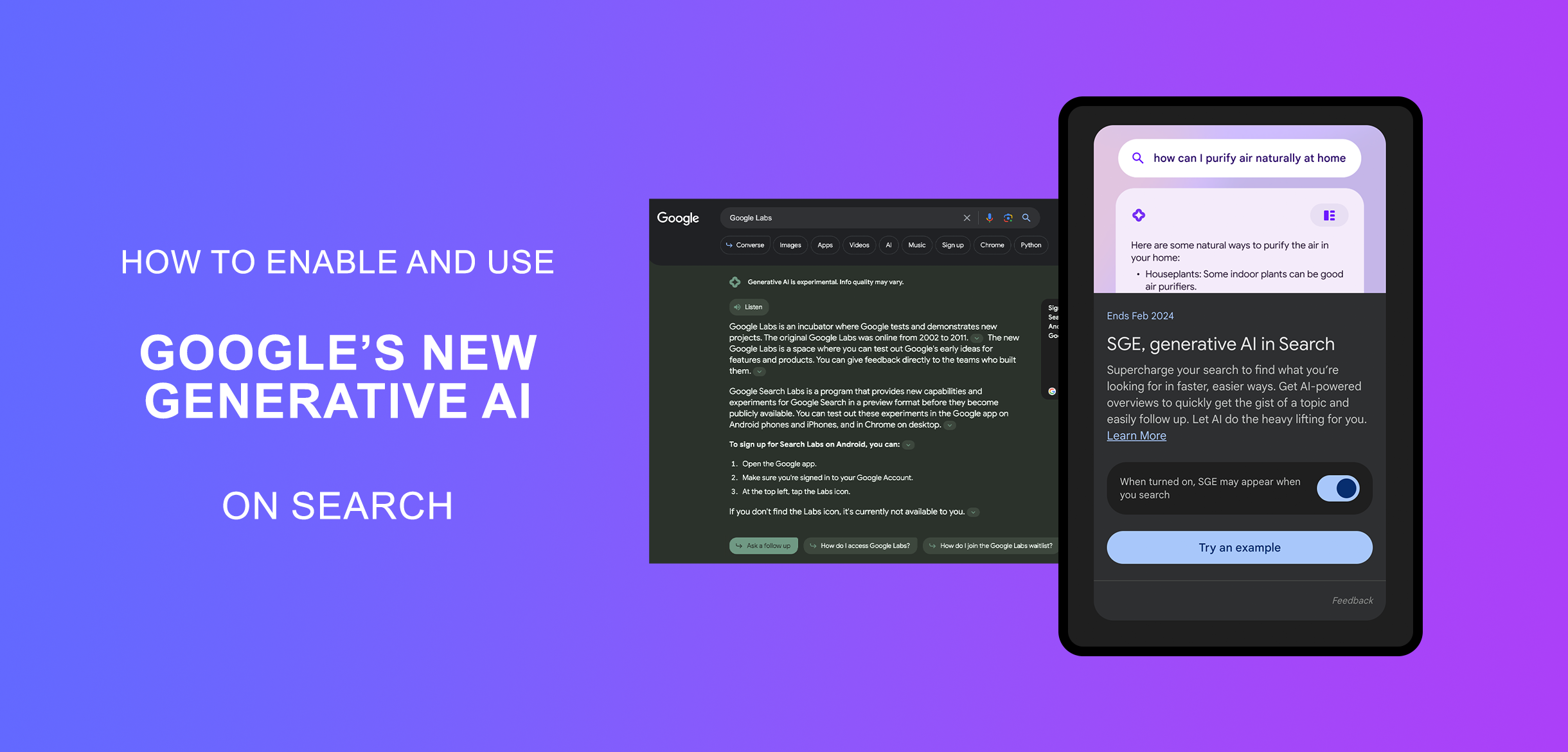Cloud computing has emerged as a cornerstone of modern IT strategy. However, not all workloads can easily move to the public cloud due to regulatory, latency, or data residency concerns. This has led to the rise of hybrid cloud solutions, which combine on-premises infrastructure with the scalability of the cloud.
How the three leading cloud providers — Microsoft Azure, Amazon Web Services (AWS), and Google Cloud Platform (GCP) — address hybrid needs through their respective solutions: Azure Stack Hub, AWS Outposts, and Google Cloud Anthos.
What is Hybrid Cloud?
Hybrid cloud is an IT architecture that connects public cloud platforms with private data centers or on-premises infrastructure. It allows businesses to run applications where it makes the most sense — whether on-prem, in the cloud, or across both — without rewriting the codebase.
| Cloud Provider | Public Cloud | Hybrid Solution |
|---|---|---|
| Microsoft Azure | Azure | Azure Stack Hub |
| AWS | AWS | AWS Outposts |
| Google Cloud | Google Cloud | Google Cloud Anthos |
Let’s look into each solution in detail.
Microsoft Azure – Azure Stack Hub
Azure Stack Hub is an extension of Azure that brings cloud capabilities to on-premises environments. It allows organizations to run Azure services in their own data centers, disconnected from or connected to the public cloud.
- Consistent development experience across cloud and on-prem
- Supports Azure VMs, Azure Functions, App Services, and more
- Ideal for disconnected or edge environments
- Fully managed or integrated system from OEM partners like Dell, HPE, Lenovo
AWS Outposts
AWS Outposts delivers native AWS services, infrastructure, and operating models to virtually any data center or on-premises facility.
- Fully managed infrastructure by AWS
- Seamlessly integrates with AWS services like EC2, EBS, RDS, EKS
- Low-latency access to on-premises applications
- Ideal for industries requiring strict latency or compliance control
Google Cloud – Anthos
Google Cloud Anthos is a modern hybrid and multi-cloud application platform that enables organizations to build, deploy, and manage applications across environments using Kubernetes and containers.
- Platform-agnostic — supports GCP, AWS, Azure, and on-prem
- Based on Kubernetes and Istio for service mesh and policy control
- Centralized management and monitoring of workloads
- Strong developer productivity and CI/CD integrations
Comparison Table
| Feature / Provider | Azure Stack Hub | AWS Outposts | Google Cloud Anthos |
|---|---|---|---|
| Vendor | Microsoft | AWS | |
| Primary Tech | Azure-native stack | AWS-native hardware | Kubernetes, Istio |
| Cloud Integration | Azure | AWS | GCP + Multi-cloud |
| Use Case Fit | Disconnected/Edge | Latency & Compliance | Multi-cloud Kubernetes apps |
| Hardware Dependency | OEM Partners | AWS-managed | Customer-managed or GKE |
| Multi-Cloud Support | No | No | Yes |
| Management Console | Azure Portal | AWS Management Console | Anthos Console (GCP) |
Advantages of Hybrid Solutions
- Regulatory Compliance: Keep sensitive data on-prem while using the cloud for other workloads.
- Latency Optimization: Deploy applications closer to the end user or systems.
- Business Continuity: Enables workload mobility in case of cloud outages or vendor lock-in.
- Scalability with Control: Scale workloads on cloud while maintaining tight control over critical infrastructure.
Final Thoughts
Hybrid cloud is no longer just a transitional phase — it’s a strategic architecture for businesses looking to stay agile, secure, and scalable. Whether you're a large enterprise with strict compliance needs or a modern company aiming for multi-cloud flexibility, there’s a tailored hybrid solution for you:
- Choose Azure Stack Hub if you're heavily invested in the Microsoft ecosystem.
- Go with AWS Outposts if you want a seamless extension of your AWS environment.
- Opt for Google Cloud Anthos if multi-cloud flexibility and container orchestration are your priorities.
Each platform has unique strengths — your choice should depend on your existing architecture, compliance requirements, and future roadmap.



